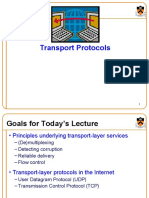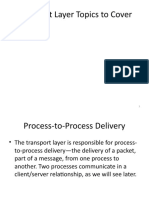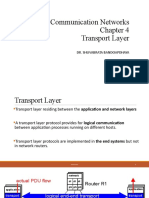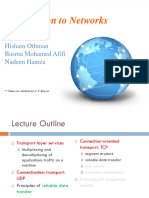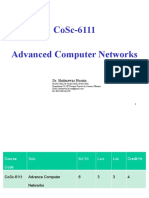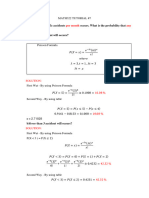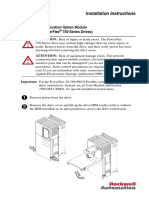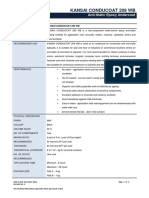0% found this document useful (0 votes)
13 views30 pagesChapter 5
The document covers end-to-end protocols in computer networks, focusing on the transport layer's role in process-to-process communication. It discusses UDP and TCP protocols, highlighting their features, such as reliability, flow control, and error checking, along with their respective header formats. Additionally, it introduces alternatives like SCTP and QUIC, emphasizing their unique capabilities for modern applications.
Uploaded by
Zeynep BayramCopyright
© © All Rights Reserved
We take content rights seriously. If you suspect this is your content, claim it here.
Available Formats
Download as PDF, TXT or read online on Scribd
0% found this document useful (0 votes)
13 views30 pagesChapter 5
The document covers end-to-end protocols in computer networks, focusing on the transport layer's role in process-to-process communication. It discusses UDP and TCP protocols, highlighting their features, such as reliability, flow control, and error checking, along with their respective header formats. Additionally, it introduces alternatives like SCTP and QUIC, emphasizing their unique capabilities for modern applications.
Uploaded by
Zeynep BayramCopyright
© © All Rights Reserved
We take content rights seriously. If you suspect this is your content, claim it here.
Available Formats
Download as PDF, TXT or read online on Scribd
/ 30



























